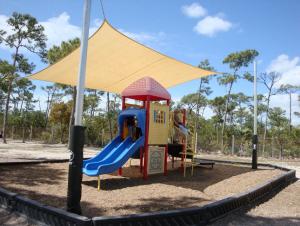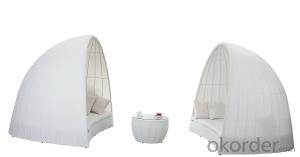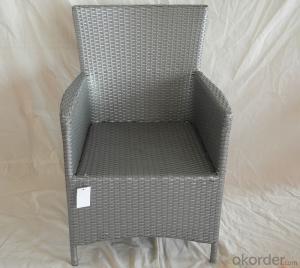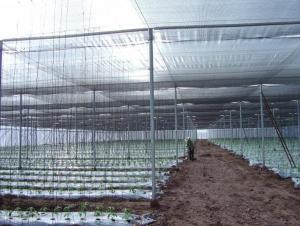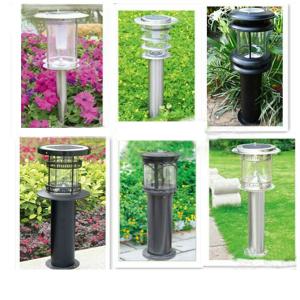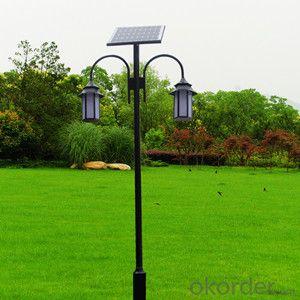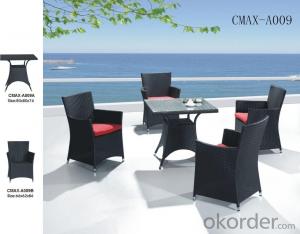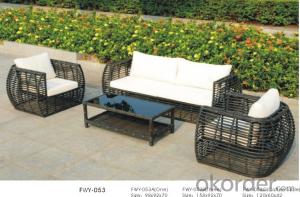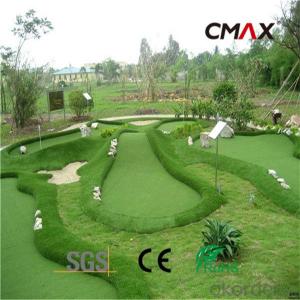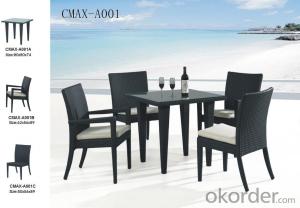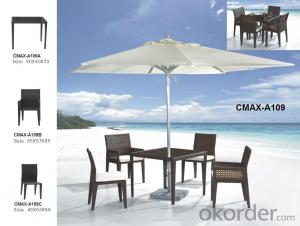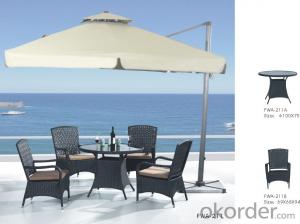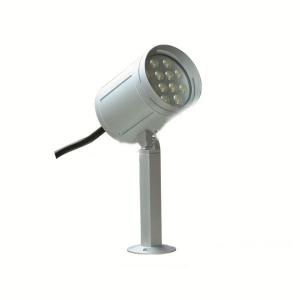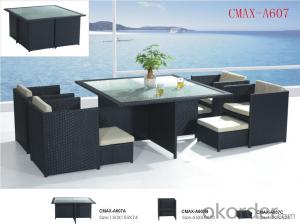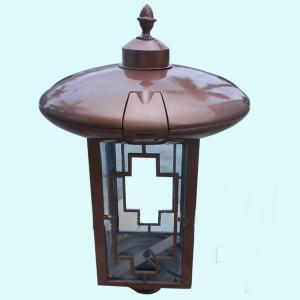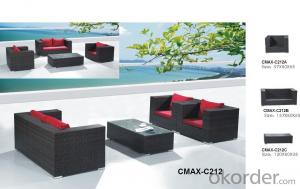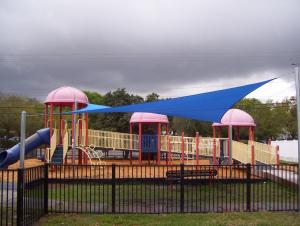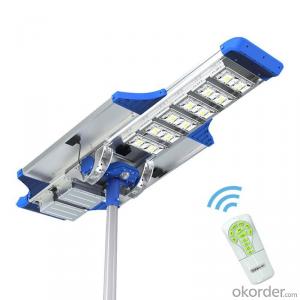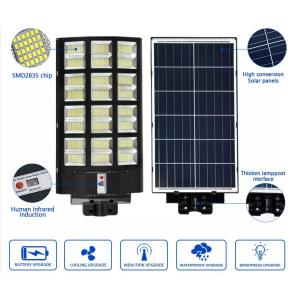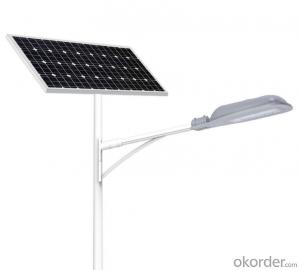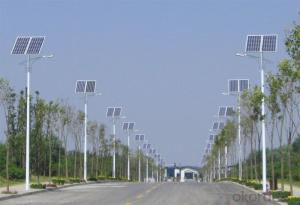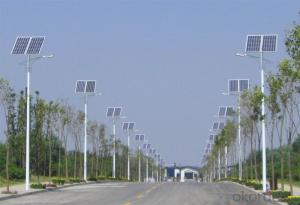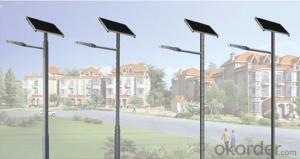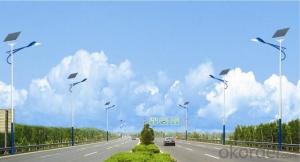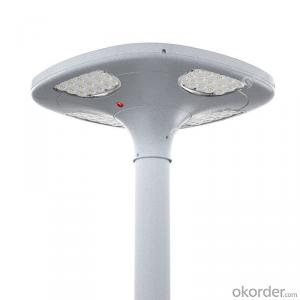Next Solar Garden Lights
Next Solar Garden Lights Related Searches
Galvanized Steel Garden Bed Steel Outdoor Bench Alside Pvc Aluminum Trim Coil Aluminum Pipe Stock light bond plus aluminum China Rattan Furniture Hunter Green Aluminum Trim Coil Aluminum Angle Iron Aluminum Vinyl Siding Trim Coil 24 X 50 Aluminum Trim CoilHot Searches
Stainless Steel Supply Near Me Steel Girder Cost Stainless Steel Tubing Near Me Stainless Steel Welder Near Me Stainless Steel Shop Near Me Stainless Steel Welders Near Me Stainless Steel Near Me Lasani Wood Sheet Price Garden Slabs Sale Garden Bench Sale Garden Supply Company Catalog Local Garden Supply Stores Buy Wood Screws Heated Wood Floors Cost Wood Trim Suppliers Used Hotel Patio Furniture For Sale Cost Of Awnings For Decks Japanese Garden Statues For Sale Garden Decorations For Sale Garden Awnings For SaleNext Solar Garden Lights Supplier & Manufacturer from China
Okorder.com is a professional Next Solar Garden Lights supplier & manufacturer, offers integrated one-stop services including real-time quoting and online cargo tracking. We are funded by CNBM Group, a Fortune 500 enterprise and the largest Next Solar Garden Lights firm in China.Hot Products
FAQ
- Yes, solar lights can be used for outdoor game courts. They are a sustainable and eco-friendly lighting solution that can provide adequate illumination for outdoor sports activities. Solar lights are easy to install, require minimal maintenance, and can operate independently without the need for electrical wiring. They are also cost-effective in the long run as they rely on renewable energy from the sun.
- Yes, solar lights are suitable for agricultural purposes. They provide a cost-effective and environmentally friendly lighting solution for various agricultural applications such as illuminating barns, sheds, greenhouses, and outdoor areas. Solar lights can help farmers save on electricity bills, improve visibility during nighttime activities, and enhance overall safety and security on the farm. Additionally, solar lights are easy to install and require minimal maintenance, making them a convenient choice for agricultural settings.
- Yes, solar lights can be used for outdoor sports fields. They are a popular and sustainable option for illuminating sports fields at night, as they do not require external power sources and can be easily installed. Solar lights provide sufficient lighting for various outdoor sports activities, ensuring safety and visibility for players and spectators alike.
- Yes, many solar lights do have a built-in motion sensor. These motion sensors detect movement within a certain range and trigger the light to turn on. This feature is especially useful for security purposes or to provide lighting in areas where it is only needed when someone is present. The motion sensor helps conserve energy by ensuring that the light is only activated when necessary, extending the battery life of the solar light. Additionally, some solar lights with motion sensors have adjustable settings, allowing users to customize the sensitivity and duration of the motion detection.
- Yes, solar lights can be used for road safety and traffic control. Solar-powered road lights are a sustainable and cost-effective solution that can enhance visibility, guide drivers, and improve overall road safety. They can be used to mark lane dividers, pedestrian crossings, traffic islands, and other road features, providing clear and visible guidance to drivers during nighttime or low-light conditions. Additionally, solar lights are environmentally friendly and don't rely on electricity grids, making them a practical option for remote or off-grid locations.
- Yes, solar lights can definitely be used for decorative purposes. They come in various designs, shapes, and colors, making them perfect for enhancing outdoor spaces such as gardens, patios, or pathways. They provide an aesthetic appeal while also being environmentally friendly, as they are powered by solar energy.
- The charging time for solar lights can vary depending on factors such as the size of the solar panel, the amount of sunlight available, and the capacity of the battery. Typically, it takes around 6-8 hours of direct sunlight to fully charge solar lights.
- Certainly, solar lights can be utilized alongside other renewable energy sources. In fact, the amalgamation of various renewable energy sources can bolster the effectiveness and dependability of the entire energy system. One approach to incorporating solar lights with other renewable energy sources is through the implementation of a hybrid energy system. This entails combining solar panels with alternative sources like wind turbines or hydroelectric power. By diversifying the energy sources, the system can generate electricity even when one source is unable to produce sufficient energy. This guarantees an uninterrupted power supply for the solar lights. Moreover, the surplus energy generated by solar panels during the day can be stored for future use. Energy storage can be accomplished through diverse methods such as batteries, pumped hydro storage, or even converting it into alternative forms like hydrogen. This stored energy can then be harnessed to power the solar lights during nighttime or periods of limited sunlight. Additionally, integrating solar lights with other renewable energy sources can aid in meeting the energy requirements in regions with limited solar resources. For example, combining solar lights with wind turbines in areas characterized by consistent wind patterns can offer a more dependable and steady energy supply. In conclusion, solar lights can be effectively employed alongside other renewable energy sources to establish hybrid energy systems. This combination enhances the dependability, efficiency, and sustainability of the energy system, thereby ensuring a constant power supply for the solar lights.

